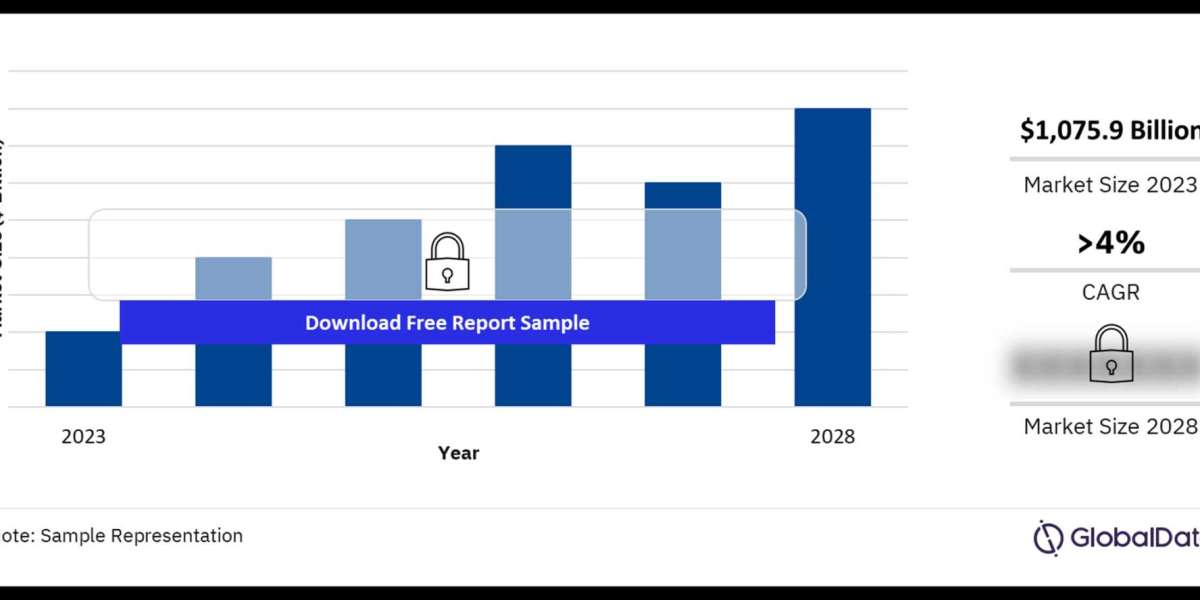Meat markets have roots in ancient civilizations, where open-air bazaars and marketplaces served as centers for trade and social interaction. In these early markets, livestock was often traded alongside other goods, and butchers would process animals on-site for customers. This direct interaction between producer and consumer created a sense of community and trust.
With the rise of industrialization and urbanization in the 19th and 20th centuries, meat markets transformed. Slaughterhouses became centralized, and meat products were distributed to a wider network of retail outlets. This shift allowed for greater efficiency and a broader selection of meats, but it also distanced consumers from the source of their food.
Modern Trends in Meat Markets
Today's meat markets are highly diverse, ranging from small local butcher shops to large-scale supermarkets and online platforms. A few key trends have emerged in recent years:
Emphasis on Food Safety and Quality: Consumers are increasingly concerned about food safety, leading to stricter regulations and standards. Meat markets must comply with hygiene protocols and labeling requirements to ensure transparency and traceability.
Rise of Organic and Sustainable Practices: The demand for organic and sustainably sourced meat has grown as consumers become more conscious of environmental and ethical issues. Meat markets are responding by offering a wider range of organic and pasture-raised options, with certifications such as USDA Organic and Certified Humane gaining popularity.
Adoption of Technology: Technology has transformed the way meat markets operate. From digital tracking systems that ensure food safety to online platforms that connect consumers with local producers, technology is streamlining the meat supply chain and enhancing the customer experience.
Shift Toward Plant-Based Alternatives: The rise of plant-based diets and environmental concerns have led to a surge in demand for meat alternatives. Many meat markets now feature plant-based proteins alongside traditional meats, catering to a broader range of dietary preferences.
The Environmental Impact of Meat Markets
Meat market production has a significant environmental footprint, with implications for deforestation, water usage, and greenhouse gas emissions. As meat markets adapt to these challenges, sustainability has become a central focus. Efforts to reduce waste, source meat from regenerative agriculture, and promote plant-based alternatives are gaining traction.
Meat markets that prioritize sustainability often engage in practices such as:
- Local Sourcing: Sourcing meat from local farms reduces transportation emissions and supports regional economies.
- Reduced Packaging: Many markets are moving away from excessive plastic packaging in favor of more eco-friendly options.
- Education and Advocacy: Meat markets are increasingly providing information to consumers about sustainable practices and the benefits of a more plant-forward diet.
The Future of Meat Markets
The future of meat markets is likely to be shaped by a combination of factors, including evolving consumer preferences, regulatory changes, and technological innovations. We can expect to see:
- Increased Customization: Meat markets may offer more personalized options, allowing customers to choose cuts and sourcing based on their preferences and values.
- Growth of Online Platforms: The convenience of online shopping will continue to drive the expansion of digital meat markets, providing customers with a wider selection and the ability to connect with local producers.
- Advancements in Lab-Grown Meat: As lab-grown or cultured meat technology advances, it could become a significant component of meat markets, offering a more sustainable alternative to traditional meat production.
In summary, meat markets have evolved significantly over time, adapting to changing societal trends and environmental considerations. While they face challenges related to sustainability and consumer preferences, they also present opportunities for innovation and positive change. By embracing technology, sustainability, and consumer education, meat markets can continue to play a vital role in our food systems and communities.
Buy the Full Report for Meat Market Forecasts
Download a Free Sample Report








